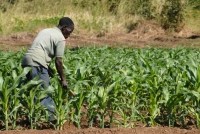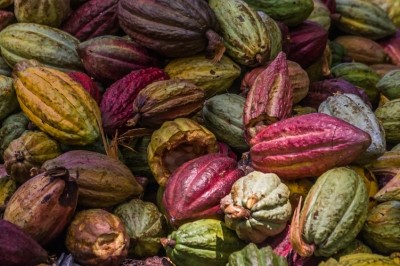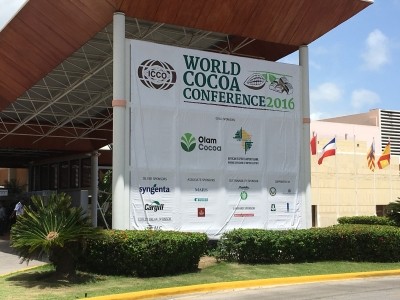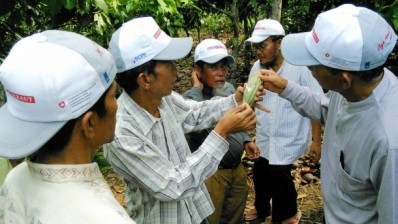In-house sustainability and third party certification: Do they complement or cannibalise each other?
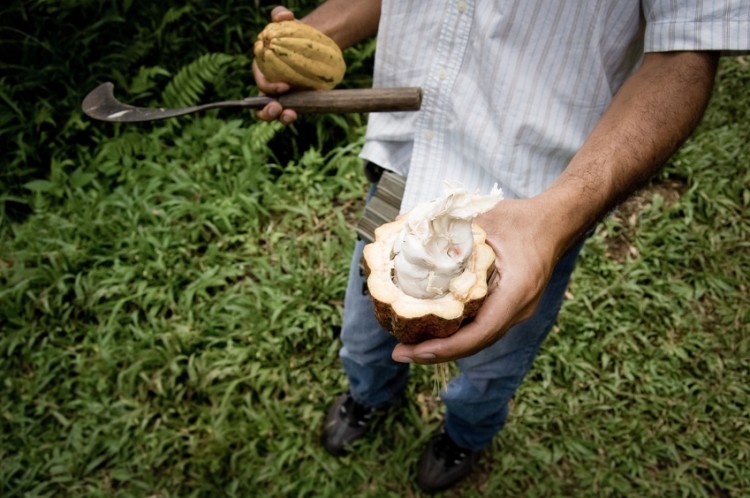
According to director of Organic Monitor Amarjit Sahota, this “counter trend” raises questions about the way forward for sustainable sourcing, but Sahota does not necessarily see the two as incompatible. “The former gives greater credibility to sustainability programmes, whilst the latter maybe more pragmatic for companies. Whatever the way forward, sustainable sourcing will become a permanent fixture in the food industry.”
FoodNavigator put the question to two agri-food operators, Olam and Cargill, who work with millions of smallhold farmers producing commodities such as cocoa, coffee, palm oil and sugar.
Both have implemented practical programmes to improve supply chain traceability, transparency and sustainability. Through Olam’s Farmer Information System (OFIS) and Cargill’s Cocoa Promise, they can data-map smallhold farms to understand how inputs are being used; provide farmer training, organise farmers into cooperatives and collect family information and record the distance to the nearest school in order to prevent child slavery.
'Brands have a lot of assumptions about supply chains. Now they can see.'
But what added value does this provide compared with third party certification, and why should manufacturers pay premiums for sustainable practices they won’t be able to communicate about on-pack?
Without the external auditing and independent checks that accompany third party certification, do in-house schemes command the same levels of trust among manufacturers and consumers?
“Trust doesn’t come from one party,” said Cargills director of cocoa sustainability Taco Terheijden. “Trust comes out of all these elements that are in place and trust comes out of transparency and behaviour – are you genuinely trying to implement these standards and improve things. Or are you trying to cut corners?”
Olam’s global head of corporate responsibility and sustainability, Chris Brett agreed that giving manufacturers transparent information about where the sourcing is important to building trust. “Brands have a lot of assumptions about what’s going on in supply chains. They aren’t familiar with on the ground issues. Now they can see these issues; they can log in [to the OFIS database] and access the information for the programme they partner with.”
'Third party certification is niche; this is about mainstreaming'
Brett sees these in-house schemes as going above and beyond what third party certification can offer.
“[Third party certification] is an important way of improving standards but it puts a lot of costs on the supply chain so my overview is that it tends to be rather niche. There are about 20% certified [ingredients] in a developed market. But sustainability is about mainstreaming," he told FoodNavigator.
“We don’t want to create different markets; we want a global sustainable market place so what we do as a base standard has to grow from there. I want our customers to have the confidence to buy from Olam because of our skill at managing a supply chain.”
Both are clear about one thing: what’s good for sustainability is good for business.
According to Terheijden, if sustainability and ethical practices are fully incorporated into the business thinking, strategy and behaviour there is more value. “Because otherwise it’s not real growth as it’s not long term [or] sustainable, it’s short term.”
Brett said: “We can show how these structured programmes can support the farmer and find a business models that work between Olam, farmer cooperatives and customers – a really true supply chain linkage.”
Traceability means better quality
Both highlighted the vital importance of traceability in ensuring a sustainable supply chain, the benefits of which are felt not just by the farmers but by the company itself. As Brett said: “We can only improve quality if we know where it [the commodity] comes from.”
In order to do this, Olam gives its farmers a handheld unit to data log their land as well as providing information on assets, such as trees.
Using this OFIS device, Olam has mapped around 56,000 cocoa farmers in the likes of Cote d’Ivoire, Ghana and Ecuador - about 40% of its direct cocoa farmers.
When farmers improve yields on their existing holding, it’s not just a boost for them in terms of higher income or for the processor through greater supplies, it’s also a boost for sustainability because farmers don’t need to increase their acreage and so the risk of deforestation is reduced.
Both Cargill and Olam run farmer training schemes to teach better usage of inputs and plant protection. In 2015, around 90,000 cocoa farmers attended
Cargill’s 2,700 Farmer Field Schools, resulting in a 23% average improvement in yield.
Brett said: “Many cocoa farmers produce 400 -500 kilos on one hectare, but there’s no reason a farmer can’t products 1-1.5 tonnes on the same land. We’re tired of the subsistence attitude of farmers; if you do one hectare badly you’ll do two hectares badly.”
However, both suppliers and manufacturers have a long way to go before real sustainability and real fairness in the supply chain is achieved. The departing CEO of Fairtrade recently told our sister publication Confectionery News that chocolate manufacturers must pay double the market price for cocoa farmers to receive a living income.

